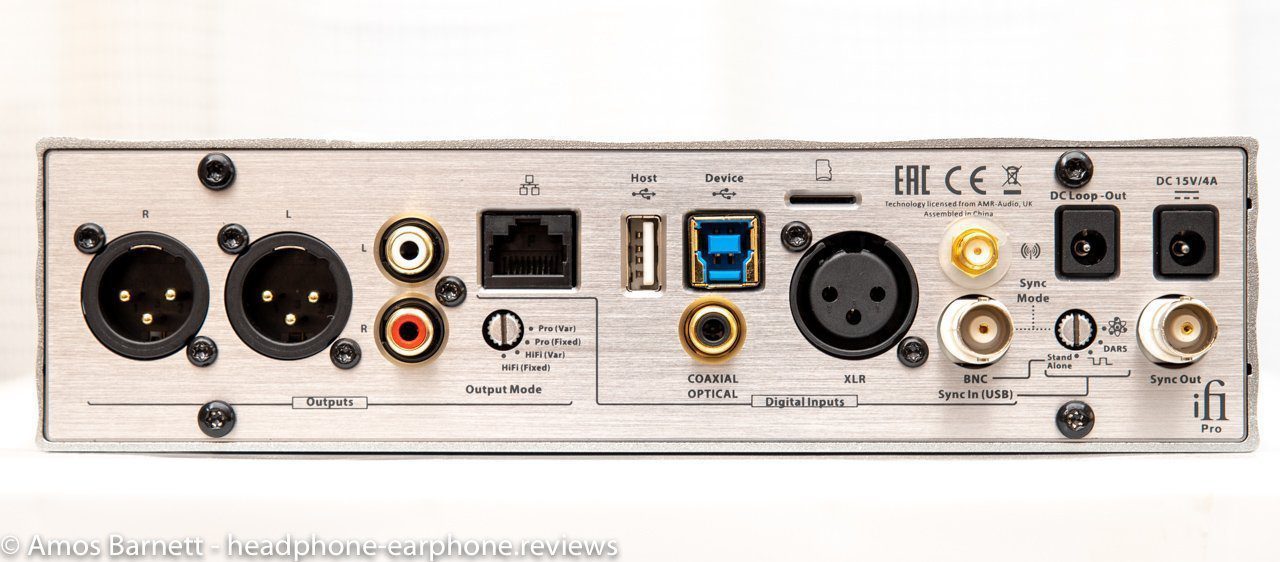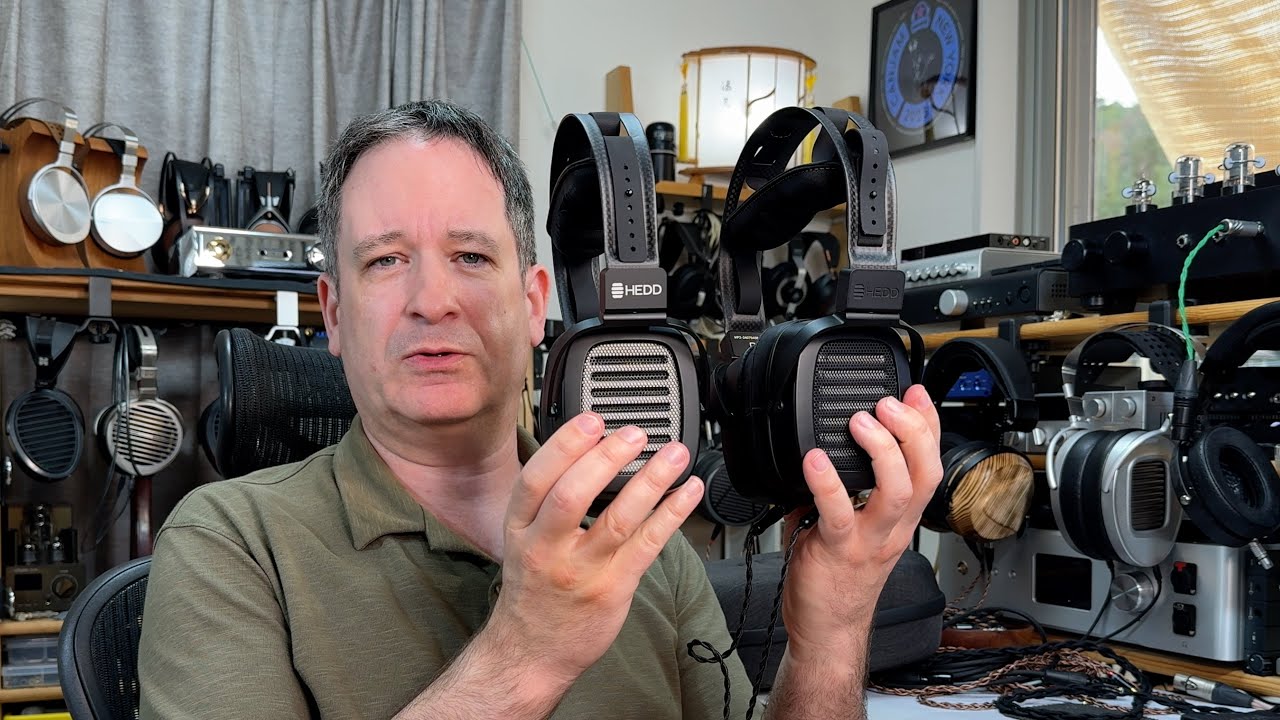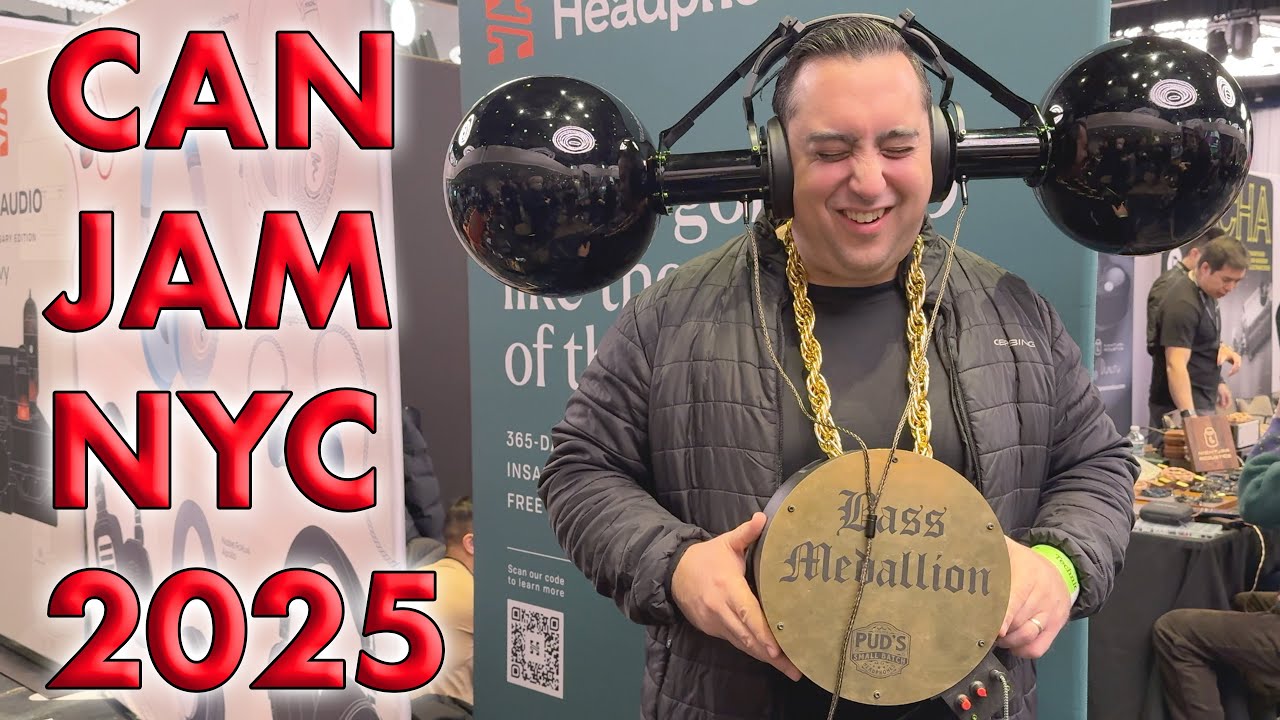Around 4 years in the making, the iFi Pro iDSD is the third component in their Pro line series after the Pro iCan and Pro iESL. The Pro iDSD features a plethora of inputs, not only including the usual S/PDIF and USB, but also with both wired and wireless networking and a micro-SD card slot and the ability to act as a DLNA server.
In addition to that, the S/PDIF features word clock support, allowing synchronisation with pro audio gear, or multiple Pro iDSDs to be chained together in a multi-channel environment.
In the digital side of things, it features multiple filters, from “Bit Perfect” and “Bit Perfect +” alongside familiar “Minimum Phase” and “Apodising” filters. An FPGA is used to build a 16,000 tap Gibbs Transient Optimised filter, and optionally with any of these filters engaged, the unit can be set to up-sample to DSD512 or DSD1024 internally.
For output, the Pro iDSD can act as a DAC or pre-amp with output set via a switch on the back to fixed or variable, with two output levels for each. The three headphone sockets, a 3.5mm SE, a 2.5mm balanced and a 6.3mm SE can output up to 4 Watts of power.
Output, as with the Pro iCan has an option for a solid state, tube, or tube+ (minimal feedback) stage via a switch.
Capping it all off, the unit comes with a remote control that can adjust the volume of both the Pro iDSD and the Pro iCan. Neatly, when the unit is powered off, it automatically sets the volume to zero, and resets it at power on, to avoid spikes in the output.

Initial listening impressions are that the Pro iDSD is a very resolving DAC, with a very clear sound, depending on the filter selection. One extreme has the unit in solid-state mode with the Gibbs Transient Optimised filter engaged, which gives the most “clear” sound.
On the other end, the Bit Perfect and DSD filters are softer, which can be combined with the Tube+ mode for the smoothest presentation.
The Pro iDSD had no trouble driving HifiMan’s Susvaras, and pitted against Chord’s Hugo, which I have set-up to its optimum fed via an iFi iUSB 3.0 and isolator from a Mac Mini, listening through the Focal Utopias they were neck and neck I was using the Gibbs Transient Optimised filter, with almost no hint of Burr Brown DAC signature entering the sound.
However, I still have some listening and testing to do with the other options, so check back for my review.





